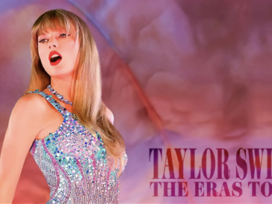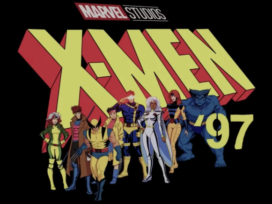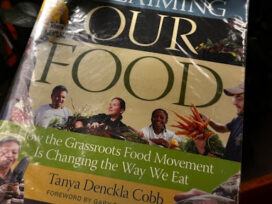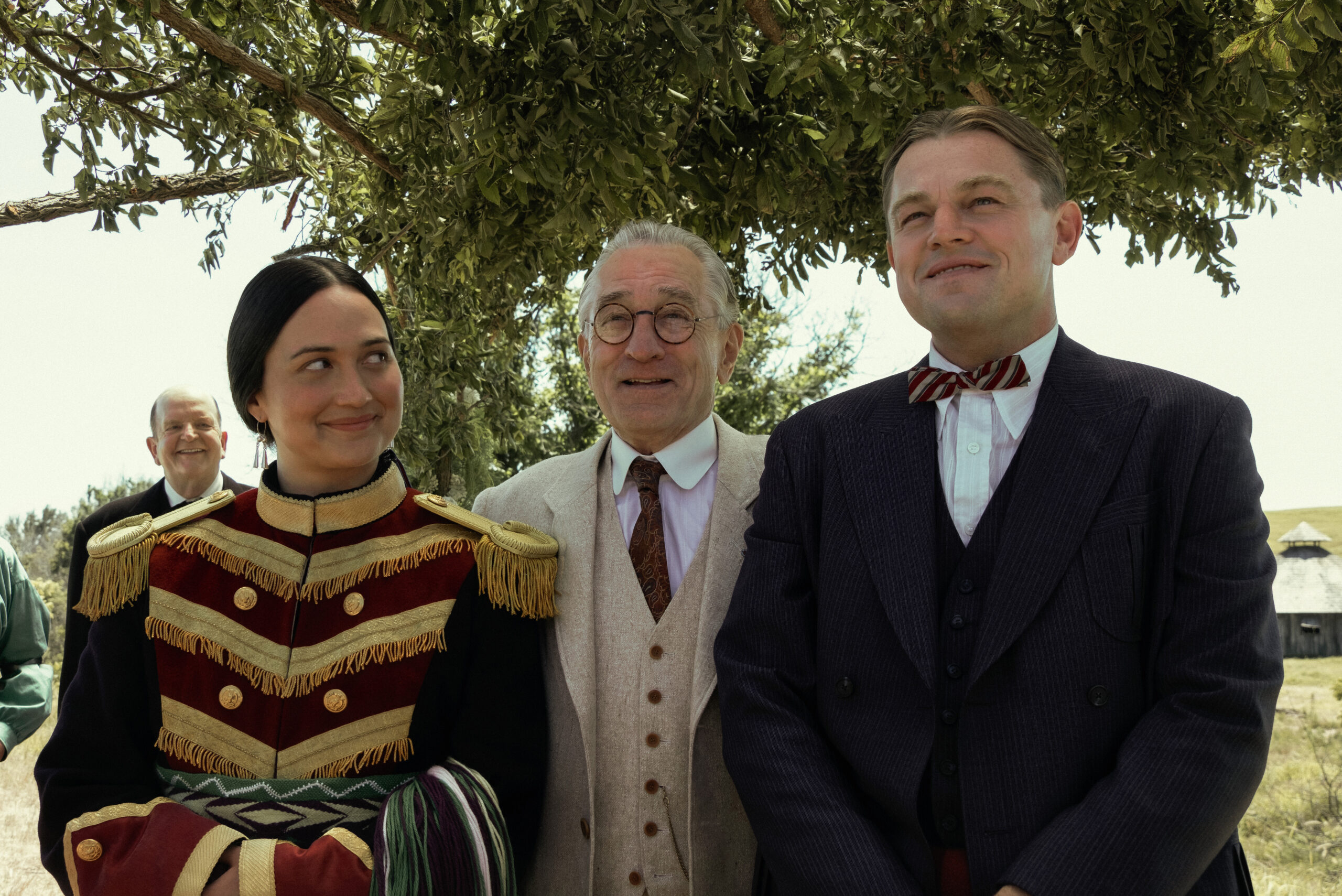
“Killers of the Flower Moon” Brings Harrowing Historical Horrors to Life
Content warning: Murder, racism, hate crimes, and graphic depictions of violence.
Killers of the Flower Moon is the latest film from legendary filmmaker Martin Scorsese and stars his frequent collaborators Leonardo DiCaprio and Robert De Niro, as well as Lily Gladstone. The movie blends revisionist western with true crime and tells the true story of the Osage Indian murders that occurred in Oklahoma from the 1910s to 1930s.
Killers of the Flower Moon is nothing short of a masterpiece. The story is hard to watch but important; many Native American stories go untold today. Scorsese worked closely with the Osage community to ensure their portrayal was authentic and respectful. While its three-and-a-half hour run time is intimidating, the movie wastes none of its time, and the editing keeps the pace feeling brisk.
“It’s easier to convict a man of kicking a dog than killing an Indian,” says FBI agent John Wren, illustrating the prevailing systemic racism of the time, an issue that made justice for the litany of murders feel impossibly out of reach for the Osage people. The book that the movie is adapted from focuses on how the investigation of the murders led to the birth of the FBI. According to Scorsese, the film’s script originally followed the FBI’s perspective, but a late rewrite — prompted by DiCaprio — changed the point of view to be inside the Osage community, where the heart of the story lay.
DiCaprio delivers a surprisingly nuanced performance as Ernest Burkhart, somehow providing his detestable character with sympathetic, humanizing traits. Ernest is a weak-willed man, easily influenced by his charismatic uncle. Yet his crimes seem motivated not by malice, just ignorance and greed. I believe him when he says he dearly loves his wife, despite having ordered the murder of her sister in the same scene.
William “King” Hale (Robert De Niro) is not given the same humanizing treatment as his nephew Ernest, nor should he be. One scene shows Hale chanting in the Osage language at a celebration before abruptly cutting to an Osage man spasming and frothing at the mouth, killed by poison on Hale’s orders. This acts as a powerful visual metaphor that casts Hale as the poison in the Osage’s midst, killing them from within. He says, “They’re on their way out; their time is past,” to convince Ernest to commit increasingly vile crimes. Hale embodies manifest destiny completely, yet it is not the destiny of the American people he believes in but his own enrichment; this self-styled “King” honestly believes he is entitled to the Osages’ wealth.
Lily Gladstone steals the show as Mollie Burkhart, the intelligent and ungovernable wife of Ernest. Hale encourages Ernest to pursue her for the oil money her family possesses; while he does clearly have strong feelings for Mollie, Ernest’s loyalty is with his uncle — and the pursuit of wealth. Caught up in a conspiracy targeting her people, while even her own family views her as less than human, Mollie’s story is the most central — and captivating — throughline of the movie.
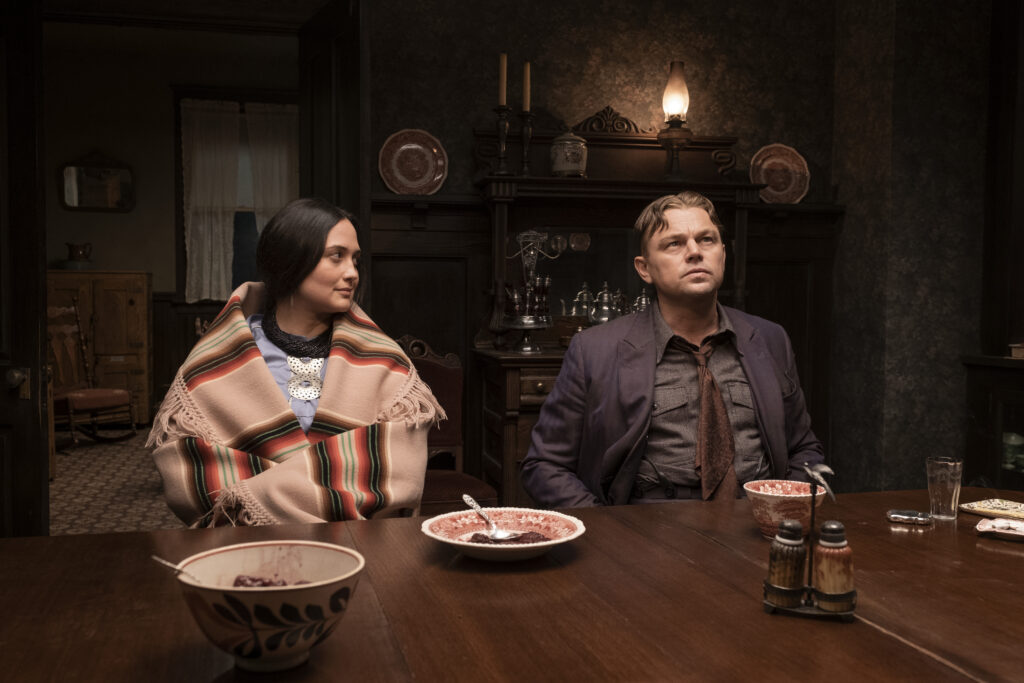
My only criticism of the film is that towards the beginning it takes “show don’t tell” a bit too seriously. If you are paying attention, you will start to keep up, but the first 20 minutes can be disorienting with such a large cast and complicated plot.
Killers of the Flower Moon is in theaters now and will come to streaming on Apple TV+ at an undisclosed date.

